This Canadian house is a precise domestic composition perched on the Nova Scotian coast
Bishop McDowell completed a new Canadian house overlooking the Atlantic, using minimal details and traditional forms to create a refined family home
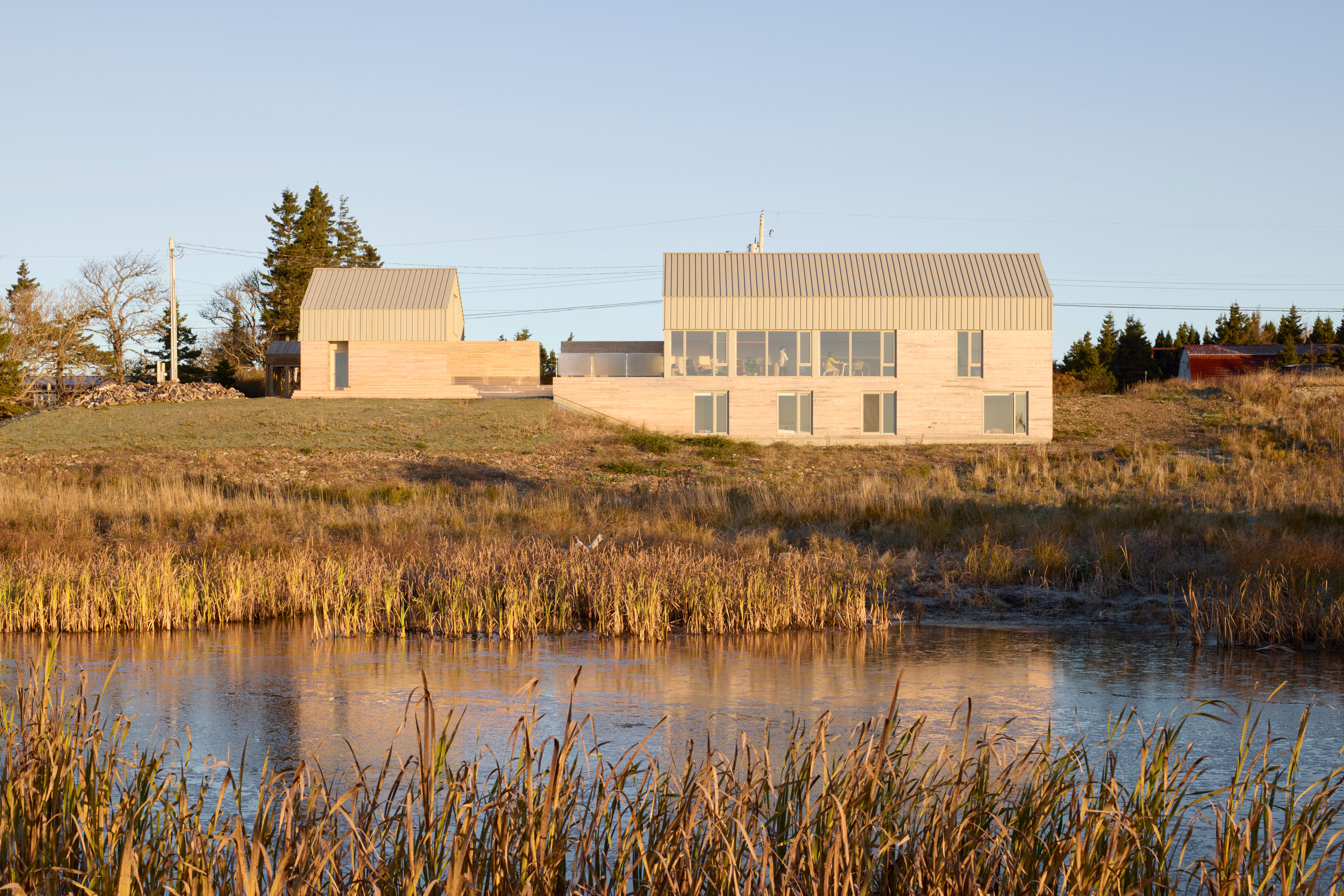
This Canadian House occupies a prime site on Nova Scotia’s wild and dramatic Eastern Shore. With the Atlantic Ocean as a backdrop, Lawrencetown House abuts a scrubby foreshore of wetlands, ponds, rocks and evergreen trees. Nearby, the region’s white sandy beaches are popular, if chilly, surfing destinations.
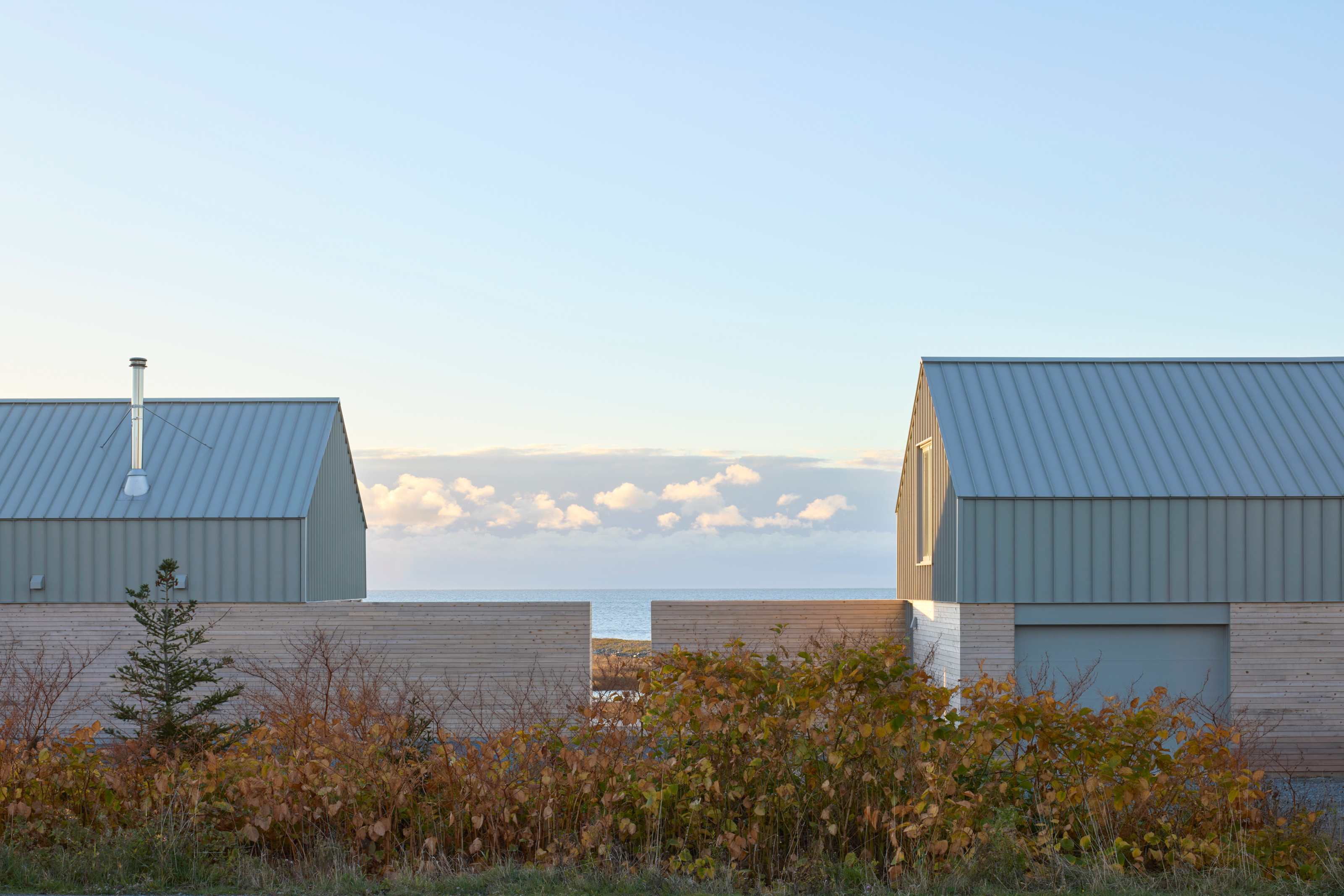
The house is divided into two distinct structures, linked by a wall
Tour this Canadian house on a rural Nova Scotia setting
Designers Bishop McDowell, working in collaboration with David Burlock, were briefed by clients with a young family to create a house that embraced the ocean while shielding itself from the outside world. The house takes advantage of the site’s topography to place the entrance main living spaces above lower ground floor bedrooms.
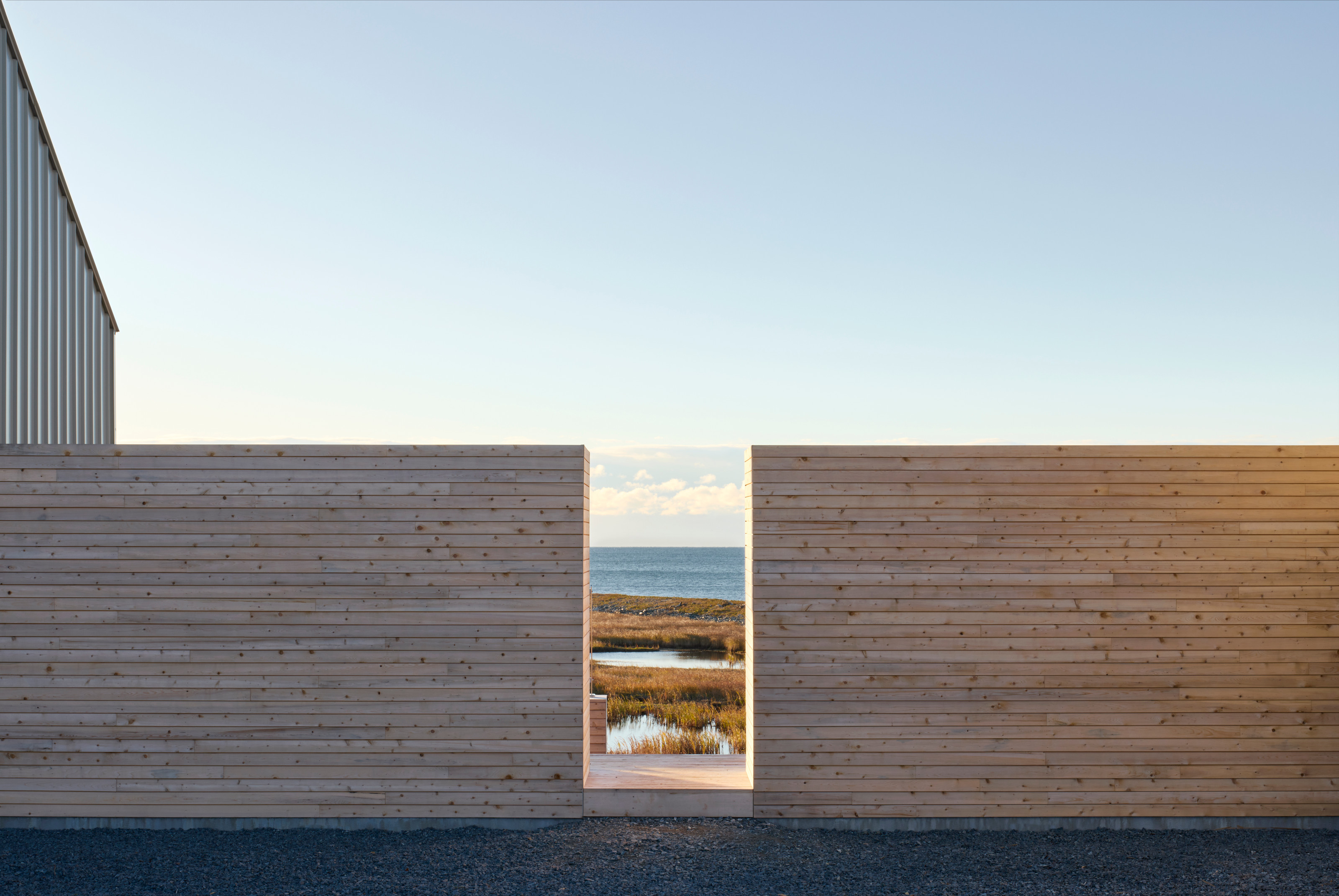
A slot in the wall reveals the ocean beyond
Covering 2,300 sq ft, the Lawrencetown House is divided into two pitched-roof volumes, the main house and a garage/guest suite. Linking these two elements is a thick wooden wall, an element that threads its way across the site with just a single gap providing a tantalising glimpse of the sea beyond. Where it intersects with the main house, the wall becomes the main source of services, containing the kitchen, mechanical elements, fireplaces and storage.

The oceanside façade of the new house
Through the gap, one finds a terrace stepping down into the landscape. Because of the slope of the site, the house appears to be a single-storey structure from the road and entrance approach, while the ocean-facing façade is arranged across two storeys, with the upper-level living area paired with a run of glazing and more conventional single windows for the three bedrooms and family room below. On the upper floor, the pitched roof provides a vaulted ceiling to the main living space.
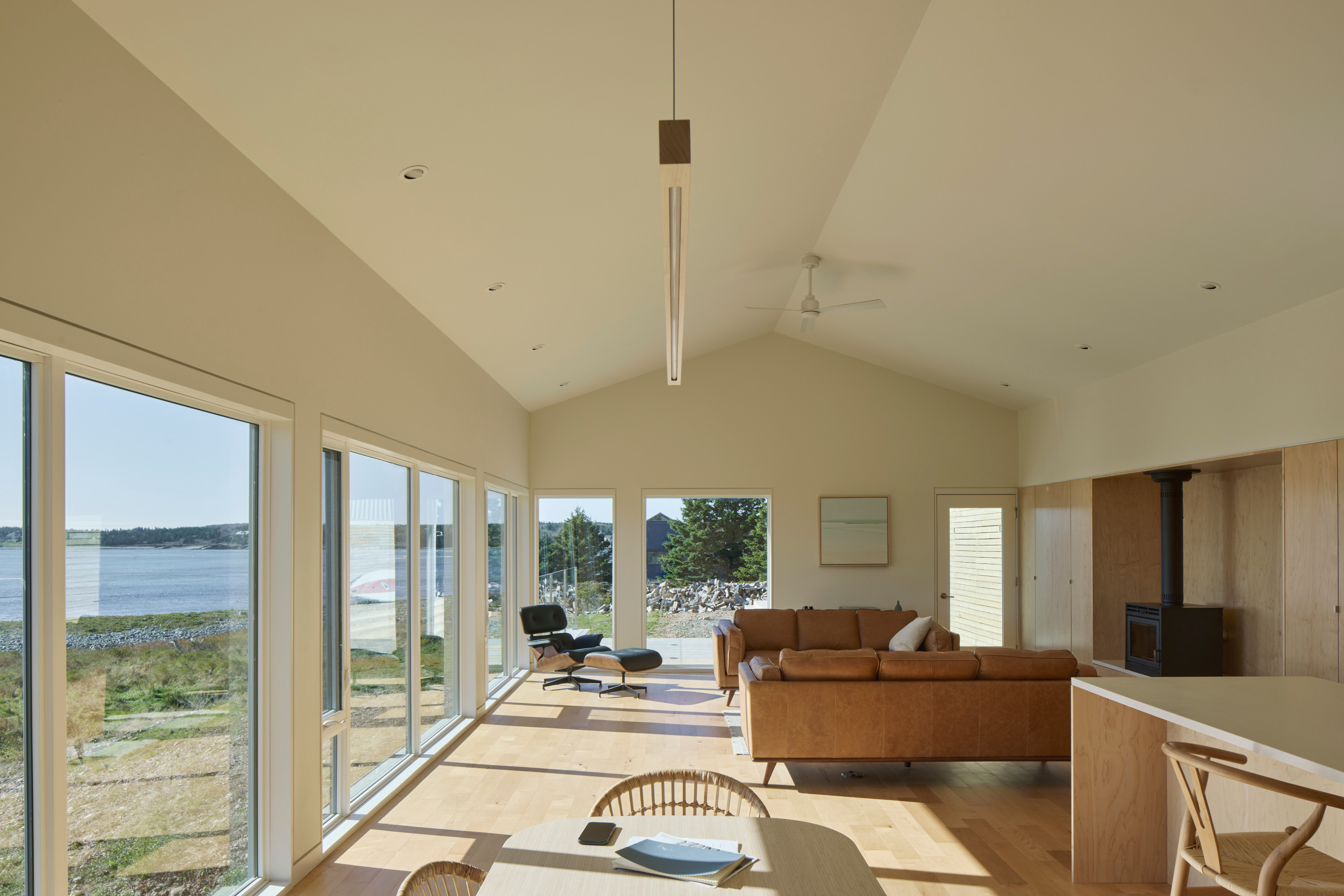
The main living space of the Laurencetown House
Cladding is eastern white cedar shiplap throughout, an unfinished wood that will gain patina and texture as it weathers. Internal joinery and flooring uses clear maple. Roofs are grey metal, with integral guttering and an overlap that wraps around the upper level of the structure to provide another layer of weatherproofing.
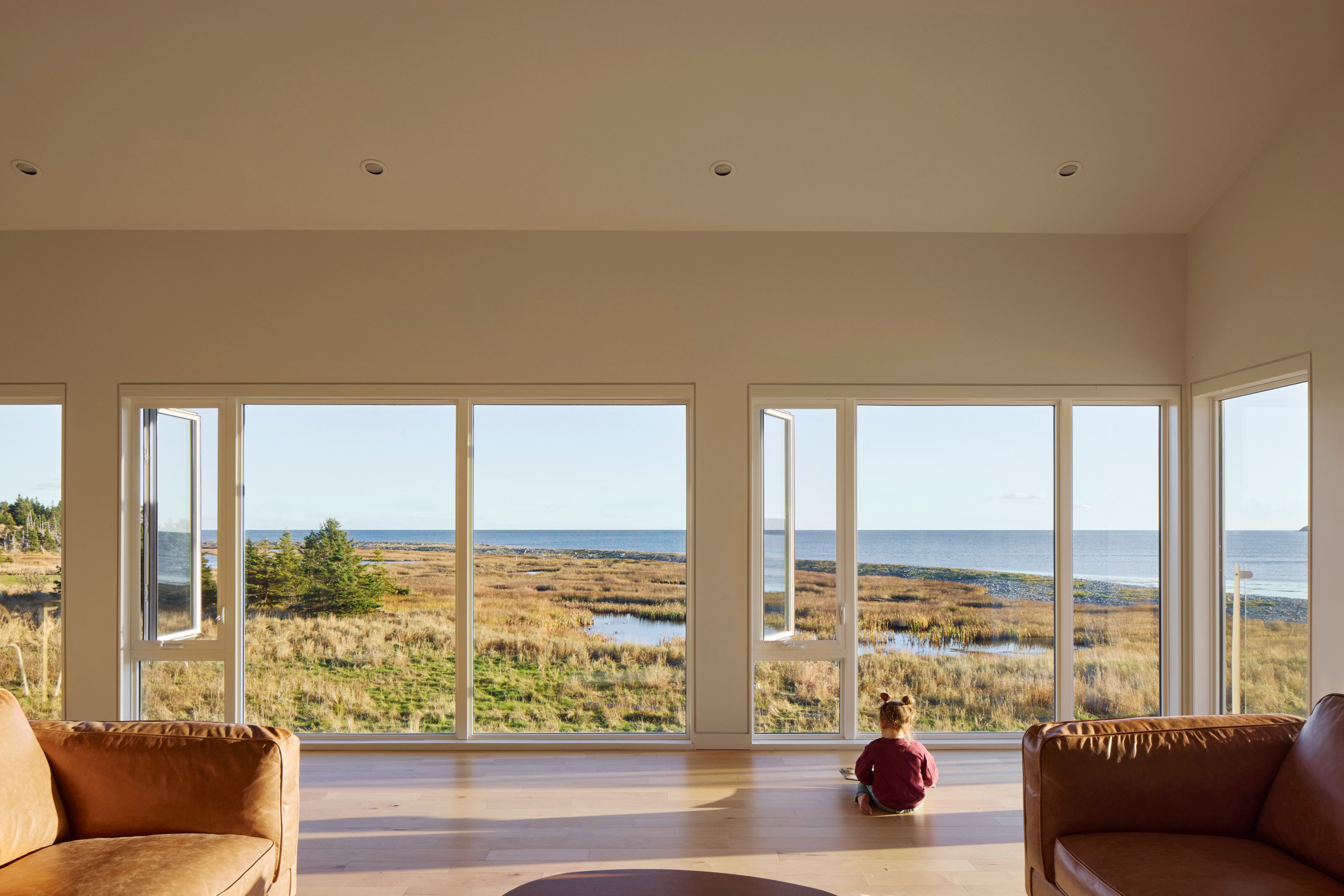
The living room is on the first floor, offering unobstructed Atlantic views
Matthew Bishop and Lucas McDowell founded their practice in 2024. Both previously worked at MacKay-Lyons Sweetapple Architects, one of the key proponents of modern residential design in Nova Scotia. In addition, Bishop also interned with Studio Rick Joy in Arizona and McDowell at Bing Thom Architects in Vancouver, now known as Revery Architecture.
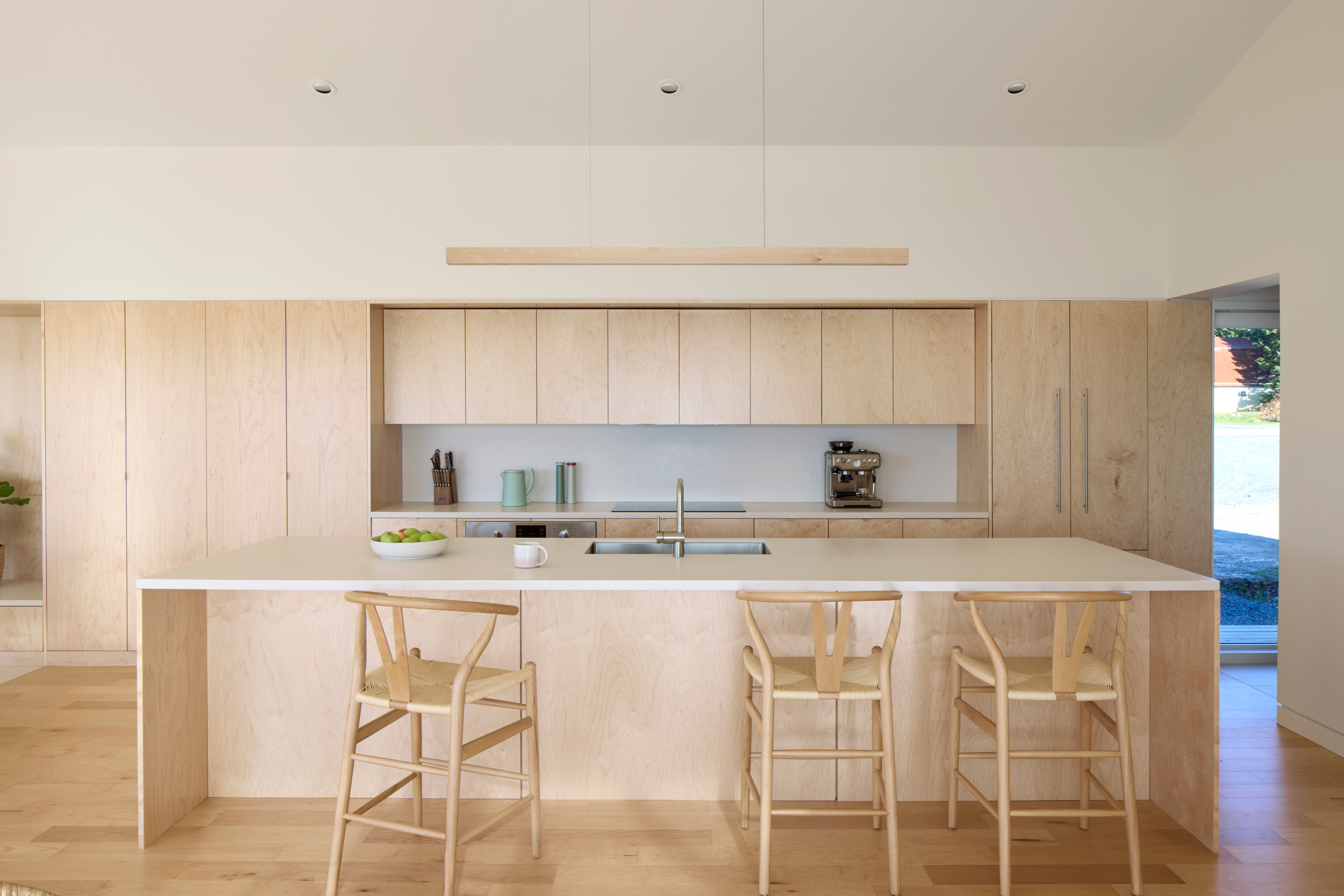
The kitchen, with the entrance beyond
The studio currently has a number of major residential projects in progress, working across a variety of materials and aesthetic approaches, while it has also created a number of furniture designs, including the starkly beautiful ‘Bent Steel Chair’.
Receive our daily digest of inspiration, escapism and design stories from around the world direct to your inbox.
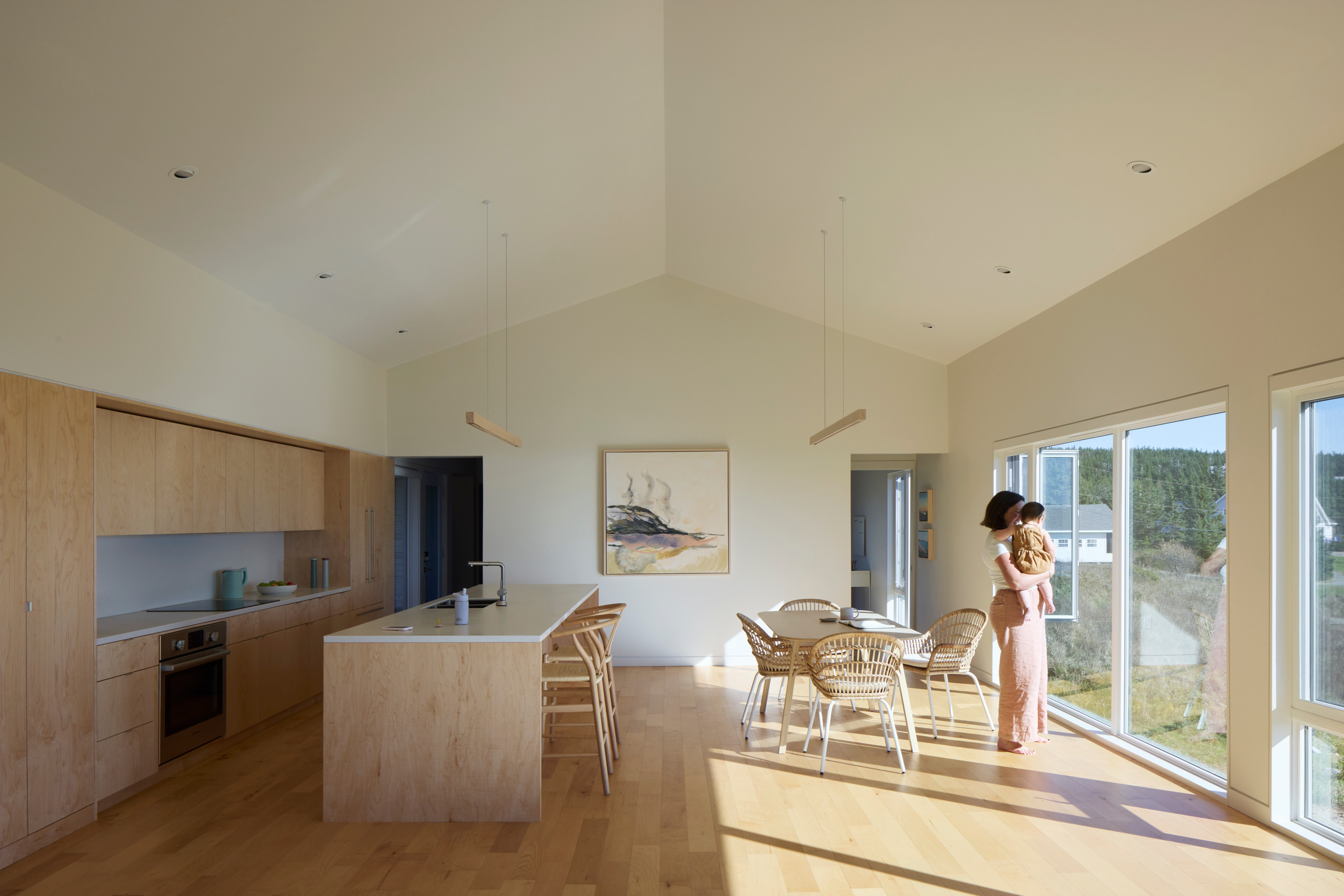
Looking back at the kitchen in the Laurencetown House
The new house in Nova Scotia is a study in refined and pragmatic modernism, a programme devoted to the space, light and views of the remarkable site, unafraid to use simple forms executed with pitch perfect attention to detail.

The detailing of the metal seamed roof is minimal and precise
Jonathan Bell has written for Wallpaper* magazine since 1999, covering everything from architecture and transport design to books, tech and graphic design. He is now the magazine’s Transport and Technology Editor. Jonathan has written and edited 15 books, including Concept Car Design, 21st Century House, and The New Modern House. He is also the host of Wallpaper’s first podcast.
-
 Where to buy second hand furniture online, according to Wallpaper* editors
Where to buy second hand furniture online, according to Wallpaper* editorsFuelled by a shift toward circular design and a rejection of fast furniture, these resale platforms prove that beautiful interiors start with something pre-loved
-
 Elevate your fitness journey at the best luxury gyms in London
Elevate your fitness journey at the best luxury gyms in LondonWhether you want to embrace your inner zen or throw a boxing punch, here is our pick of the best luxury gyms in London, offering superior services and surroundings
-
 Nifemi Marcus-Bello in Lagos: ‘The conditions and histories of Africa are my greatest inspiration’
Nifemi Marcus-Bello in Lagos: ‘The conditions and histories of Africa are my greatest inspiration’As the Nigerian designer stages ‘Material Affirmations: Acts I–III’ at Tiwani Contemporary (until 10 January 2026), he speaks to Wallpaper* about African craft and industry, and Lagos as his muse
-
 The Architecture Edit: Wallpaper’s houses of the month
The Architecture Edit: Wallpaper’s houses of the monthFrom Malibu beach pads to cosy cabins blanketed in snow, Wallpaper* has featured some incredible homes this month. We profile our favourites below
-
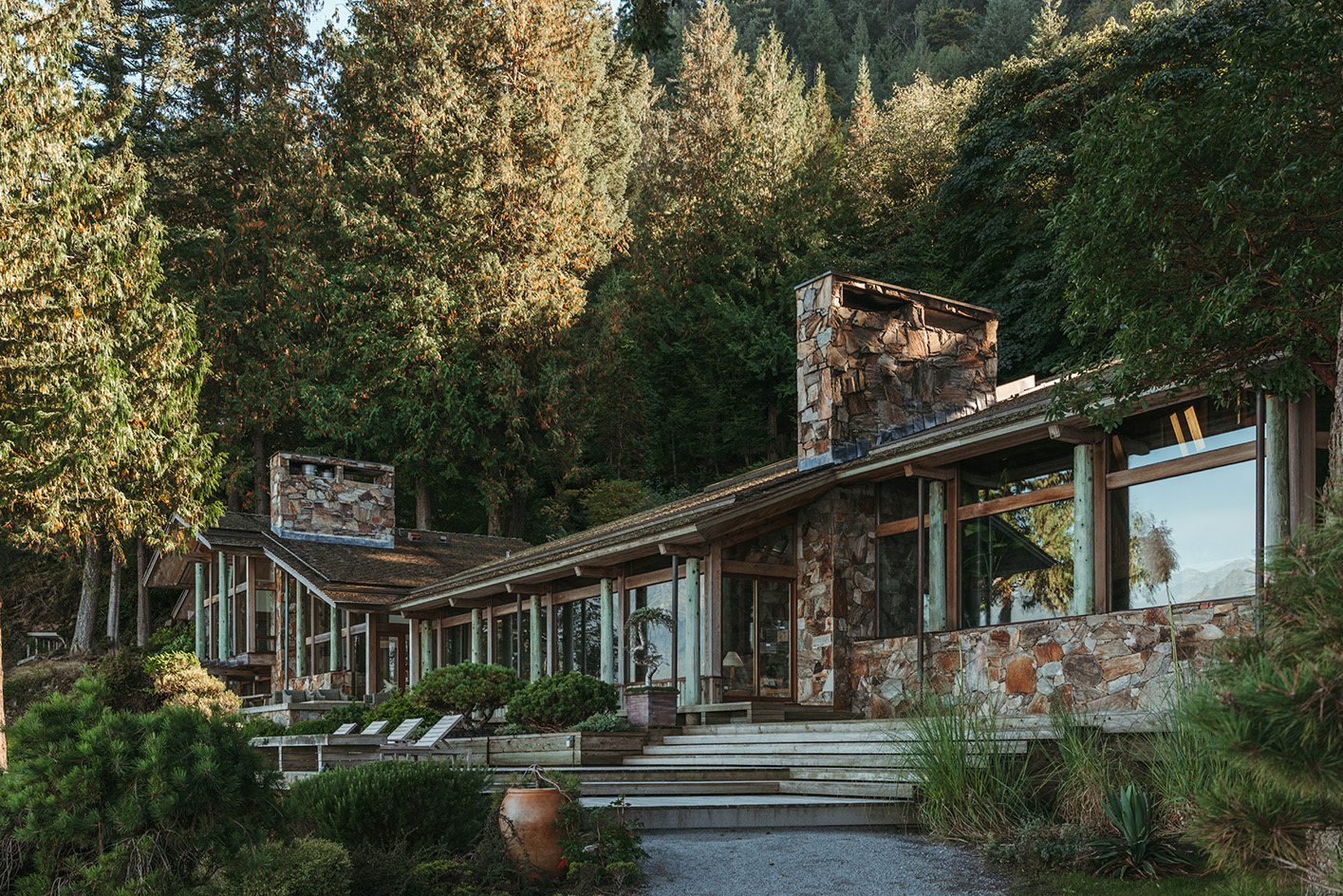 Explore the riches of Morse House, the Canadian modernist gem on the market
Explore the riches of Morse House, the Canadian modernist gem on the marketMorse House, designed by Thompson, Berwick & Pratt Architects in 1982 on Vancouver's Bowen Island, is on the market – might you be the new custodian of its modernist legacy?
-
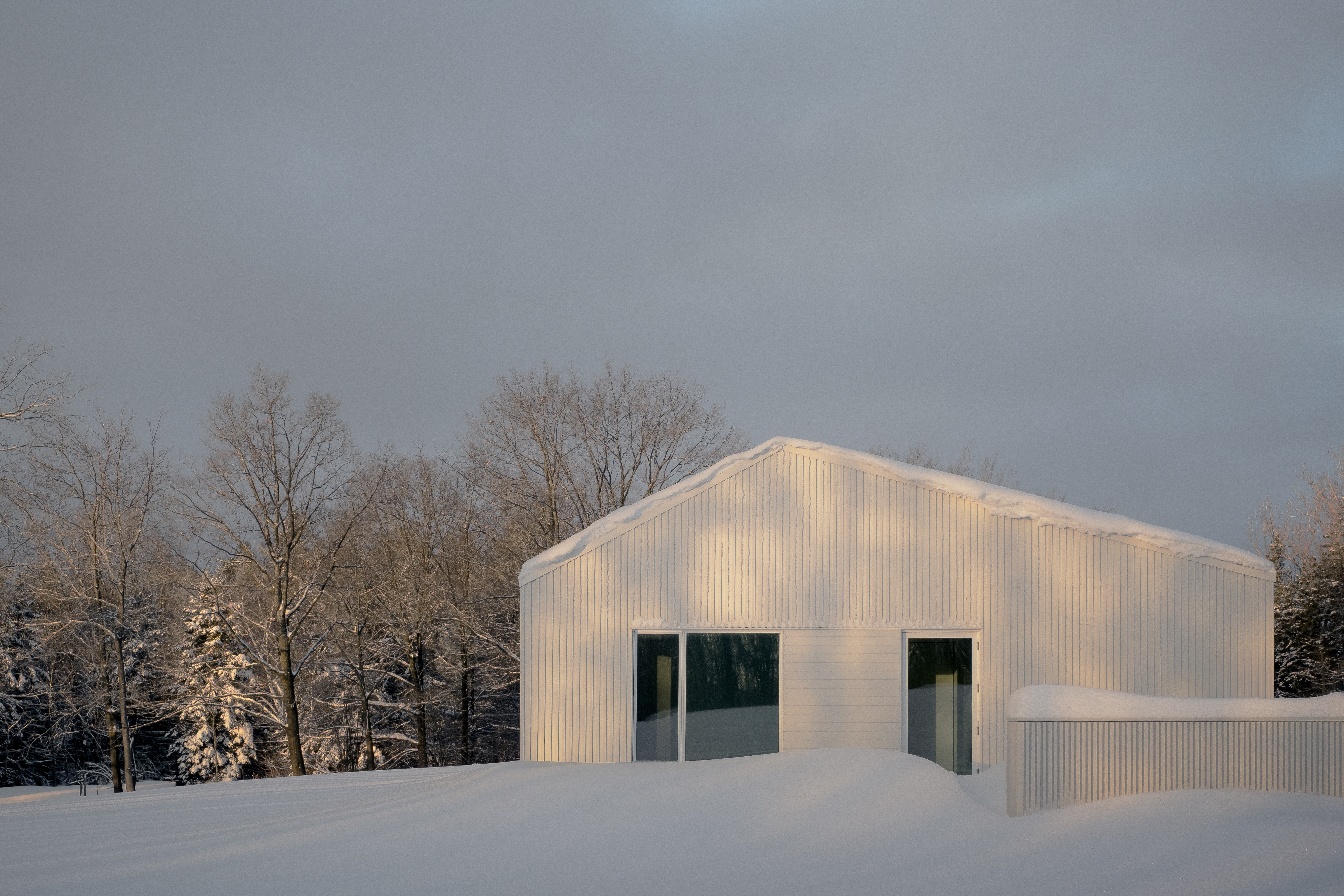 Cosy-up in a snowy Canadian cabin inspired by utilitarian farmhouses
Cosy-up in a snowy Canadian cabin inspired by utilitarian farmhousesInspired by local farmhouses, Canadian cabin Timbertop is a minimalist shelter overlooking the woodland home of wild deer, porcupines and turkeys
-
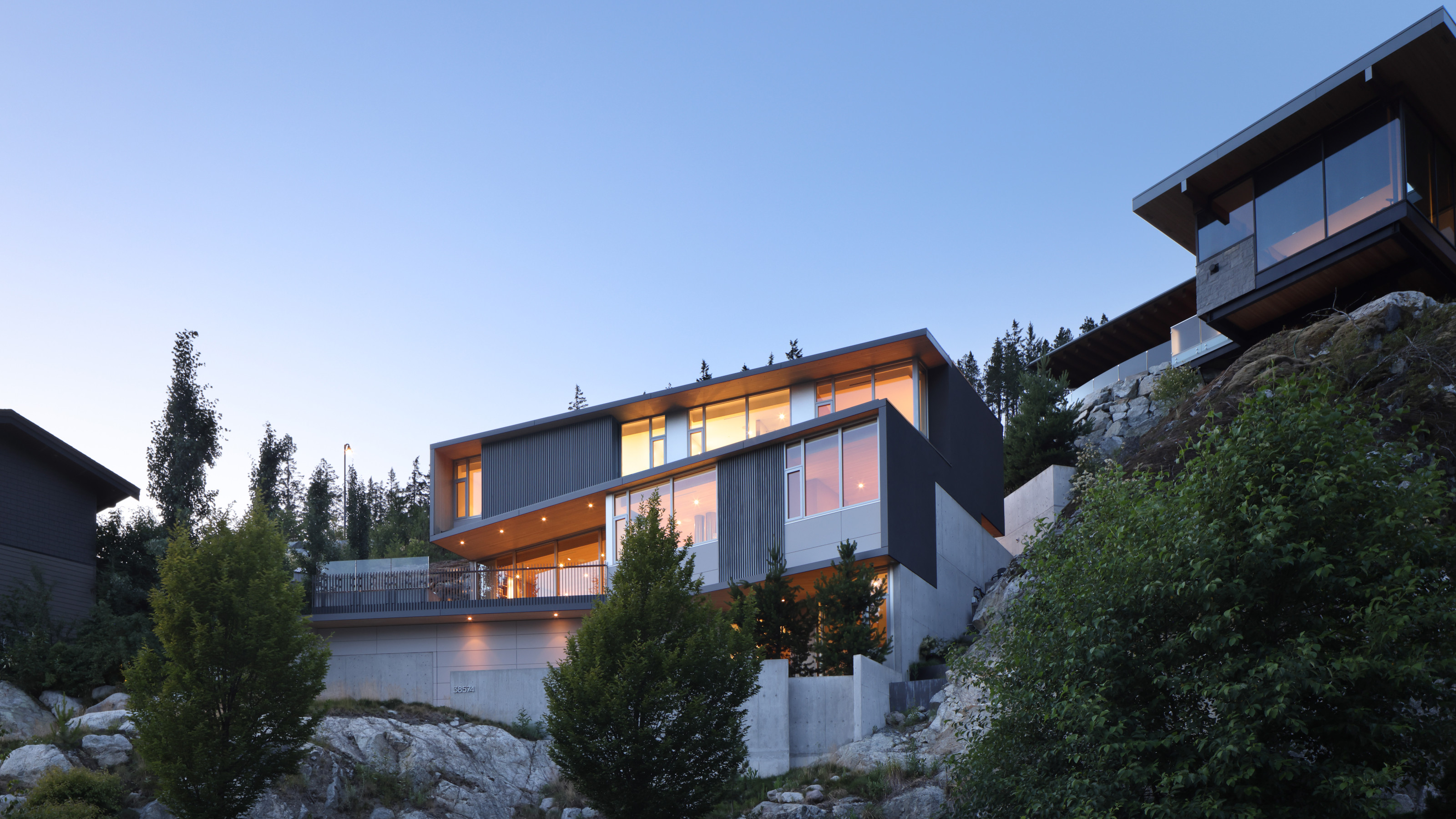 Buy yourself a Sanctuary, a serene house above the British Columbia landscape
Buy yourself a Sanctuary, a serene house above the British Columbia landscapeThe Sanctuary was designed by BattersbyHowat for clients who wanted a contemporary home that was also a retreat into nature. Now it’s on the market via West Coast Modern
-
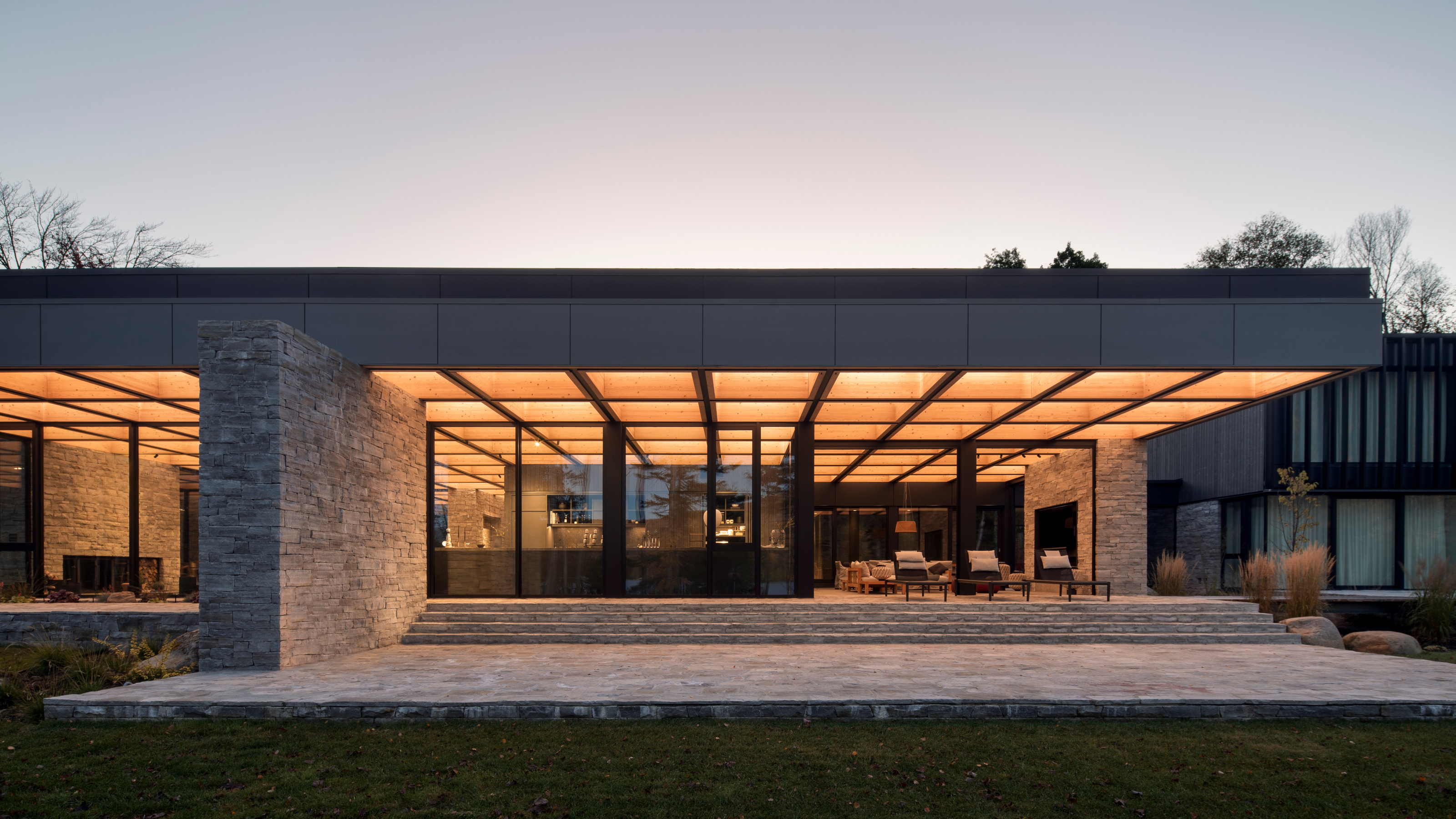 La Maison de la Baie de l’Ours melds modernism into the shores of a Québécois lake
La Maison de la Baie de l’Ours melds modernism into the shores of a Québécois lakeACDF Architecture’s grand family retreat in Quebec offers a series of flowing living spaces and private bedrooms beneath a monumental wooden roof
-
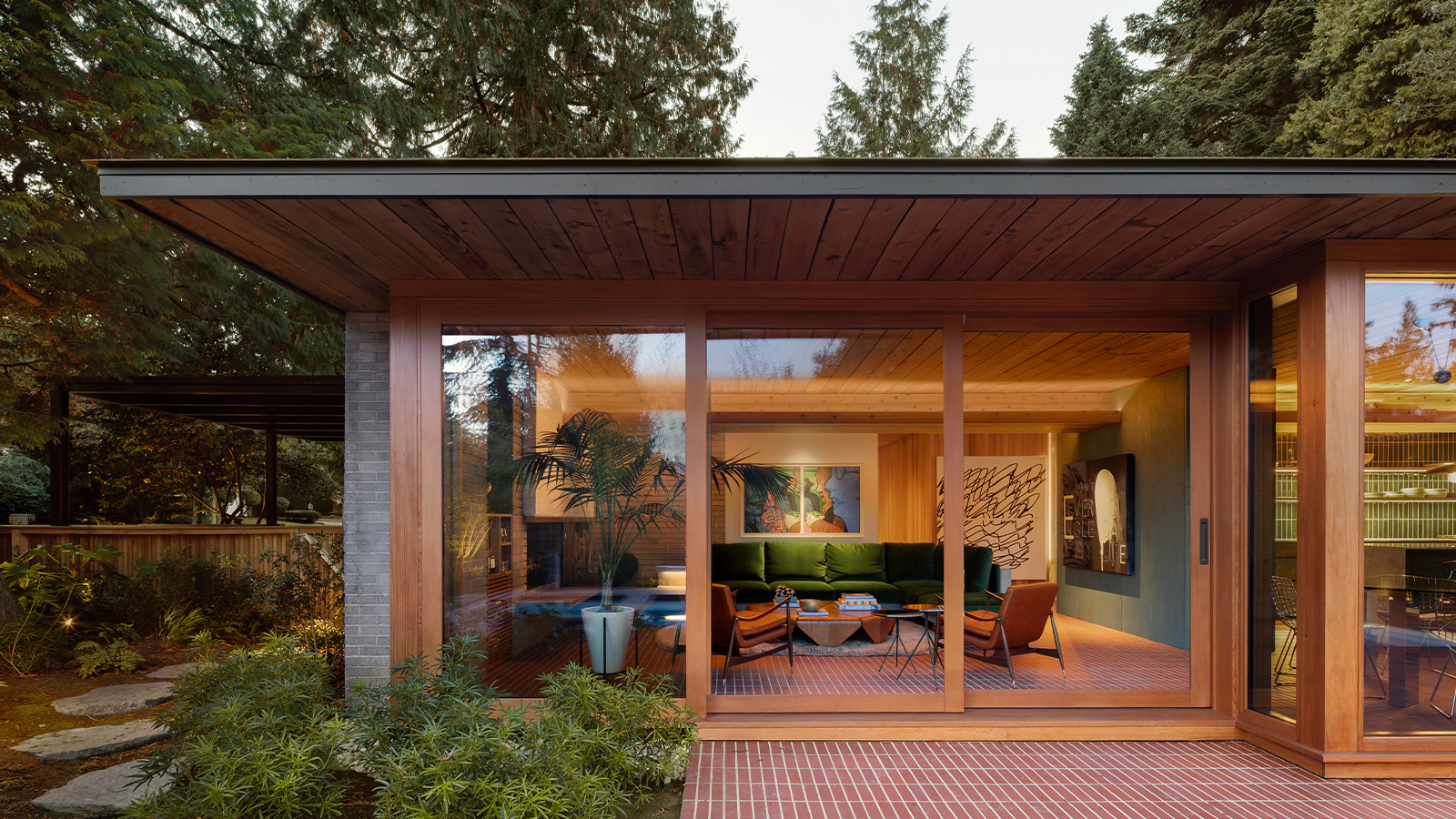 Peel back maple branches to reveal this cosy midcentury Vancouver gem
Peel back maple branches to reveal this cosy midcentury Vancouver gemOsler House, a midcentury Vancouver home, has been refreshed by Scott & Scott Architects, who wanted to pay tribute to the building's 20th-century modernist roots
-
 A spectacular waterside house in Canada results from a radical overhaul
A spectacular waterside house in Canada results from a radical overhaulSplyce Design’s Shoreline House occupies an idyllic site in British Columbia. Refurbished and updated, the structure has been transformed into a waterside retreat
-
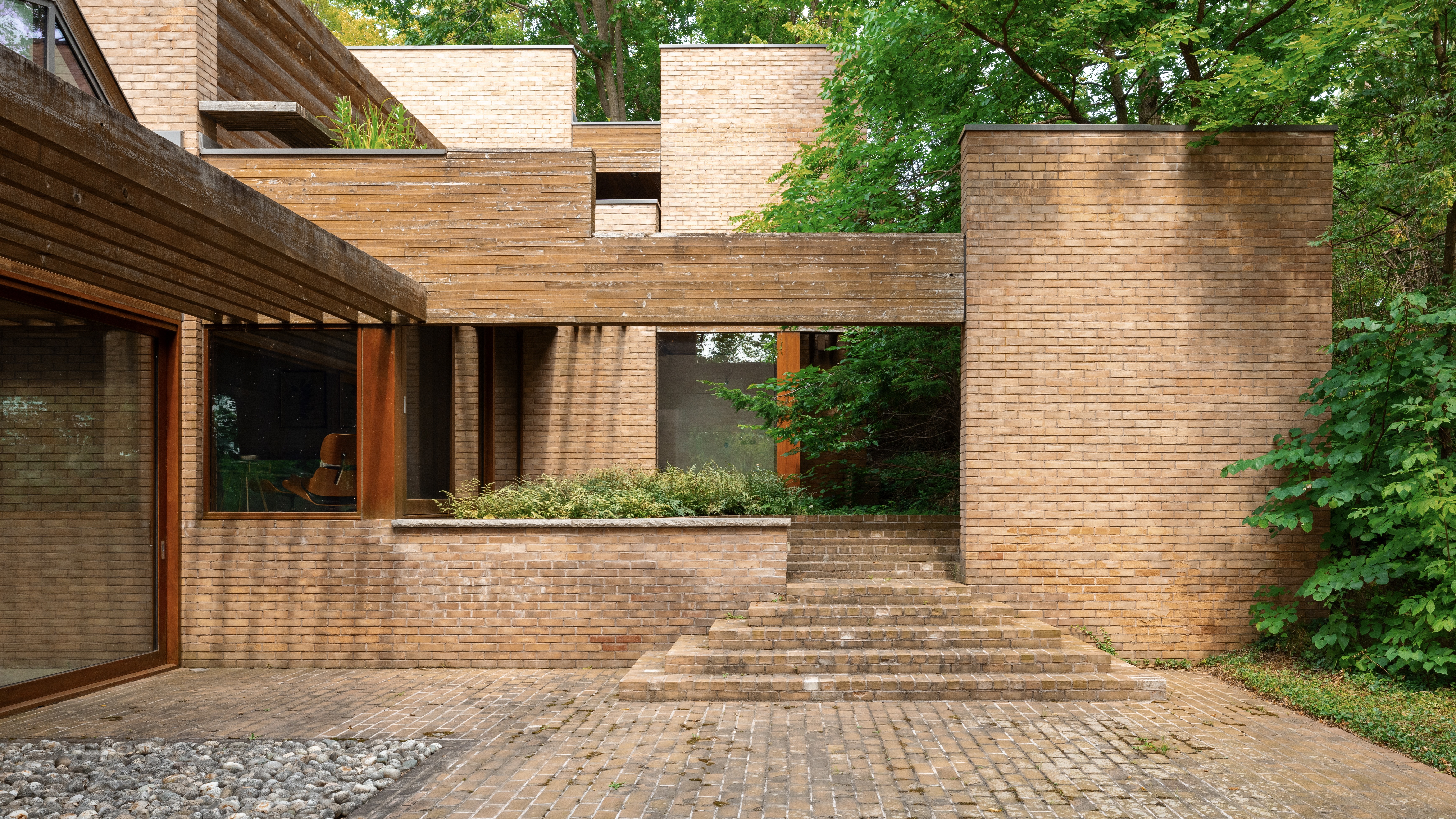 Hilborn House, one of Arthur Erickson’s few residential projects, is now on the market
Hilborn House, one of Arthur Erickson’s few residential projects, is now on the marketThe home, first sketched on an envelope at Montreal Airport, feels like a museum of modernist shapes, natural materials and indoor-outdoor living